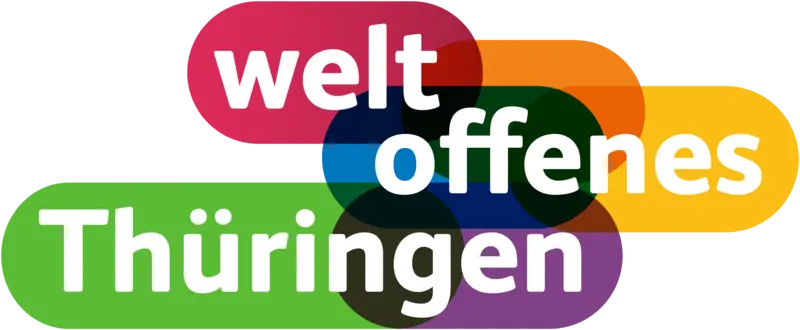Geographers and cartographers from several socialist countries had been pushing the concept of a 1:2,500,000 world map since the late 1950s. The "VEB Hermann Haack Geographisch-Kartographische Anstalt Gotha" was significantly involved in the development and production of the first sheets, as the GDR government had asked the Gotha publishing house to participate in this international project from the East German side because of its high reputation in the field of cartography. Between 1958 and 1962, geographers and cartographers mainly from Hungary, the GDR and Czechoslovakia as well as from Poland, Bulgaria, Romania and the Soviet Union developed the content and formal basis of the map series. In the following years, the sheets of the map series were printed in the participating countries, so that the first edition with 234 sheets was available in 1975. As the title and legend of the map series were in English and Russian, the name "Karta Mira" (Russian: Map of the World) became established among experts.
The speaker of the evening, Dr Christian Lotz, was a 2014 Herzog Ernst Scholarship holder at the Gotha Research Centre. Together with the Herder Institute for Historical Research on Eastern Central Europe in Marburg and the Leibniz Institute for the History and Culture of Eastern Europe (GWZO) in Leipzig, he is currently developing a project to research the so-called "Karta Mira". Read more about this special world map project on the Gotha Research Library blog (in German only).
Admission to the event is free. However, due to limited seating capacity, we ask for registration by 24 September at sammlungperthes.fb@uni-erfurt.de or by phone: 0361/737-5581.
